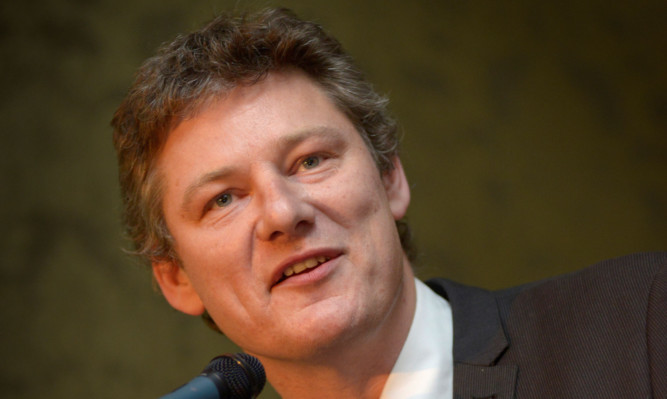The Potato Council is to increase its grower and merchant levies by 1.96% with the new rates approved by the Agricultural and Horticultural Development Board (AHDB), the parent body for the British levy-raising bodies.
Announcing the increase at a press conference held ahead of a potato event at Crieff, Potato Council chief executive Rob Clayton admitted the below-inflation increase would almost certainly result in a reduced budget for next year if the area grown drops by 3% as expected.
A second year of dramatically low producer prices has concentrated minds on the supply side of the equation with Mr Clayton reckoning most growers had produced one box per hectare more than average.
The big crop has been produced against a backdrop of falling consumption although there are some signs of recovery.
Mr Clayton noted that although the year-on-year reduction was around 11% in the summer fresh consumption had started to show some growth.
The levy had not increased for three years and with the increase would stand at £43.46 per hectare, up 84p.
A Potato Council business plan consultation starts this Friday and Mr Clayton urged the industry to respond over the next seven weeks.
“We will retain the three pillars of produce, promote and protect,” he said.
Asked if protecting grower incomes was a realistic prospect without the supply management tools of acreage quota and a buying programme for surpluses as employed by its predecessor body, the Potato Marketing Board, Mr Clayton said: “The Potato Council board recognise the challenges.
“That is why we make investments in arable benchmarking.
“It is often difficult for growers to understand and identify costs.
“There is always an issue with speculative planting which can have a big impact on production.
“It is the same with planting of marginal land.”
These extra tonnes might not be produced if growers realised the true cost of production.
Mr Clayton also pointed to the work done at the council’s Sutton Bridge storage research site in Lincolnshire as an important part of protecting incomes.
“There is still a lot of work to do in that area,” he said.
“An all-year-round competitive supply of top quality British potatoes needs to be underpinned by innovative and cost-effective storage.”
Levering European Union funds was important too.
The Potato Council had collaborated with Irish food promotion body Bord Bia to lobby for an extra £1.5m of EU funding over three years and this would be used exclusively to promote fresh potatoes.
Per capita, annual potato consumption in Great Britain is now around 89kg compared to 103kg a decade ago but there were opportunities.
The raw equivalent trade imbalance of potatoes stood at 1.4m tonnes last year.
At the same time 1.4mt of the 5.71m tonne British potato crop was destined to secondary uses.
“The Potato Council will be looking creatively to see where the opportunities lie,” Mr Clayton said.
